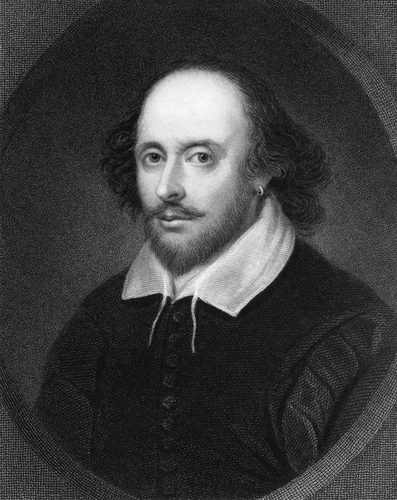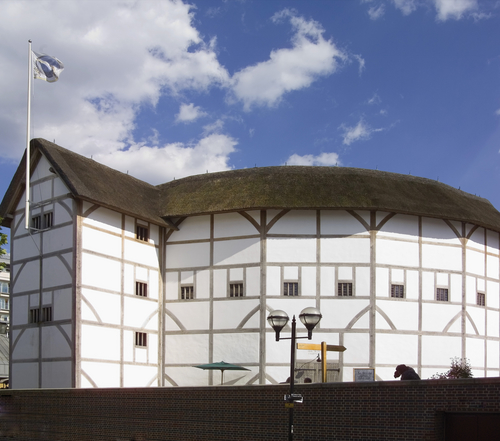Introduction to Shakespeare

William Shakespeare was born in 1564 in Stratford-upon-Avon, six years after Elizabeth I became Queen of England. He was active as an actor and playwright during a period we now refer to as the English Renaissance. Renaissance means rebirth and describes the period of change between medieval and modern times marked by a revival of the classical influence of the Romans and Greeks, the beginnings of modern science and great expressive developments in the arts and literature of which Shakespeare was a part.
The Renaissance was made possible by the economic prosperity and stability that eventually featured during Elizabeth’s reign following the defeat of the Spanish Armada and a great expansion in maritime trade. The style of the literature that emerged in the period was quite different. Previously, entertainment based on controversial topics was not really acceptable and the population were used to morality tales and mystery plays which were heavily religious and intended to promote conventional social behaviour. In this era, however, authors and dramatists explored life themes and topics that were of much more general interest and theatre building and attendance rose dramatically.
Shakespeare joined a drama company called the Lord Chamberlain’s Men in 1594, moving to the now reconstructed and relocated Globe Theatre in 1599, and spent twenty-five years as an actor and writer in London. In his day, Shakespeare’s plays were as popular throughout society as modern soap operas. Those who couldn't get into the packed open theatres stood outside and eavesdropped.

The plot structures and themes of Shakespeare’s plays are varied but have similarities. The first acts introduce the main characters to the audience and set a context which is typically normal, stable and socially harmonious. As the play progresses conflicts and problems begin to emerge until there is strong sense of things going badly wrong for the protagonists. There are murders, conspiracies, dupings and deceptions.
The themes explored can include love, loyalty, war, justice, political and social instability, transition and fate. Settings vary according to the theme but Italian cities feature prominently as Italy was believed to be rich in intrigue and romance, a suitable backdrop for dramatic excitement and intensity. The prevailing attitudes, beliefs and behaviour of the characters, however, are those of Elizabethan England.
In the plays there is a moment of dramatic intensity referred to as the climax. Deaths occur or deception and disloyalty appear to be exposed. In the remaining acts following the climactic turning point, order and normality return and the conflicts are resolved. Rightful controllers of the social order are restored and lovers reunited. The plays tend to fall into the categories of tragedy or comedy. Tragedies end badly for the main characters, usually in death or grief, but in the comedies they end well, usually in marriage.
Elizabeth I died in 1603 and Shakespeare continued to work through the reign of her nephew James I, who united the crowns of Scotland and England, until his own death in 1616. The first folio of his plays appeared in 1623 and they have been read and performed around the world ever since. He is undoubtedly one of the most influential and most quoted writers in literary history.
Now answer the questions about Shakespeare and his context. If you need to refer to this page at any time, you can do so by pressing the 'Help' button.
Some of the questions will require marking before you receive a total score.

